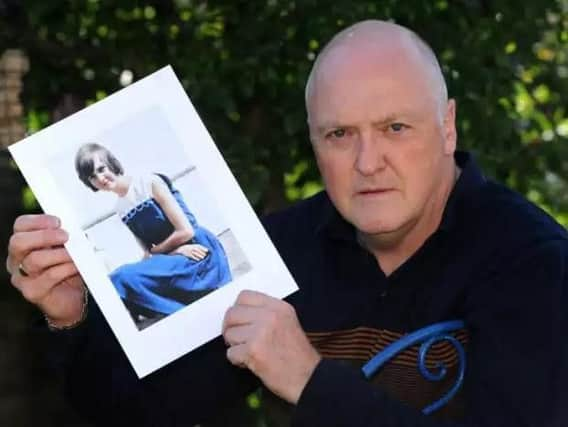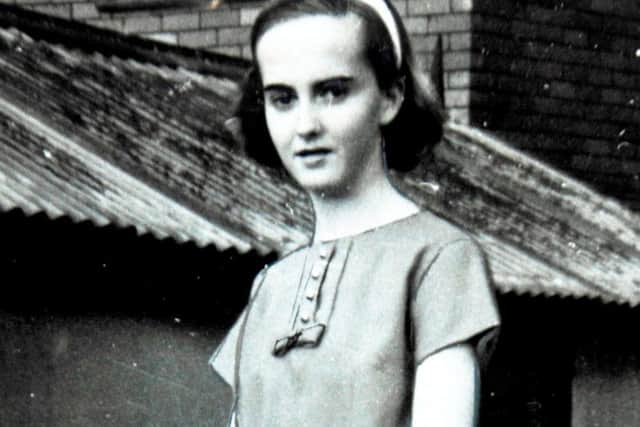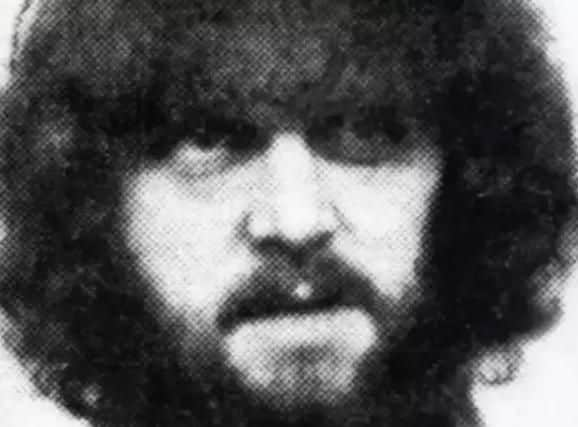Police 'dismissed' key tip-off about main suspect in Wakefield schoolgirl's murder, report suggests


A recent High Court case was told that the name of Peter Pickering had been passed to Wakefield City Police by the Metropolitan Police via telegram just days after the death of Elsie Frost in October 1965, details which shocked her younger sibling, Colin Frost.
However, it was understood that police ruled Pickering out of the investigation.
Advertisement
Hide AdAdvertisement
Hide AdNobody was ever convicted of 14-year-old Elsie's death under the railway bridge near Horbury Lagoon, but a review of the case in 2015 led officers to name Pickering as a major suspect.


He was already behind bars after being convicted of stabbing and strangling 14-year-old Shirley Boldy in Wombwell, near Barnsley, in 1972.
Police said they 'strongly suspected' Pickering to be Elsie's killer, but the 80-year-old died unexpectedly in a secure psychiatric hospital last year before the case could be brought to court.
The news that his name had been passed to officers in 1965 was revealed in a recent High Court case in which a new inquest into Elsie's death was granted.
Advertisement
Hide AdAdvertisement
Hide AdMr Frost, who has battled for years to get justice for his sister, said: "My initial reaction was a mixture of surprise, anger and upset.


"Our first thought was, apart from Elsie, is that Shirley Boldy could have been alive as well.
"But this new inquest will allow West Yorkshire Police to explain what they did and how they came to their conclusion around Elsie's murder.
"We know that the coroner will not name him (Pickering) in his conclusion, it's the hearing element that will bring all the information to the public domain.
Advertisement
Hide AdAdvertisement
Hide Ad"However, we welcome this, it's something that we have been aiming for since Peter Pickering died.
"We are happy we now have this opportunity to give the police a chance to demonstrate what they did all those years ago.
"Justice was taken away from us when he died, and there are all these wrongs to put right."
The details from the High Court case were published on Wednesday and briefly outlined the initial investigation in 1965, Elsie's inquest in 1966 and the re-opening of the case in 2015.
Advertisement
Hide AdAdvertisement
Hide AdThe report mentions the case of Ian Bernard Spencer, the man was initially suspected of murdering Elsie and who was named as her killer during her inquest.
It talks of his family's "frustration and heartache caused by the finger of suspicion", despite no evidence being offered to his involvement.
After West Yorkshire Police's re-opening of the case in 2015, the report states there has been "5,000 disclosures" but adds: "The family (Elsie's) believes that there may be other evidence which has not been shared with them."
Speaking this week, Detective Chief Superintendent Nick Wallen, senior investigating officer in the case, said: “We are aware of the announcement of a new inquest into Elsie’s murder and welcome the development, as we know it has long been something her relatives have wanted to see happen.
Advertisement
Hide AdAdvertisement
Hide Ad“We have recently met with members of Elsie`s family to take them through the evidence that we have gathered during our investigation and we are in liaison with the Wakefield Coroner's office and working towards a new inquest which may take place towards the end of this year.”
It is understood that the full background and circumstances around the telegram sent to police in 1965 will be discussed as part of the inquest.